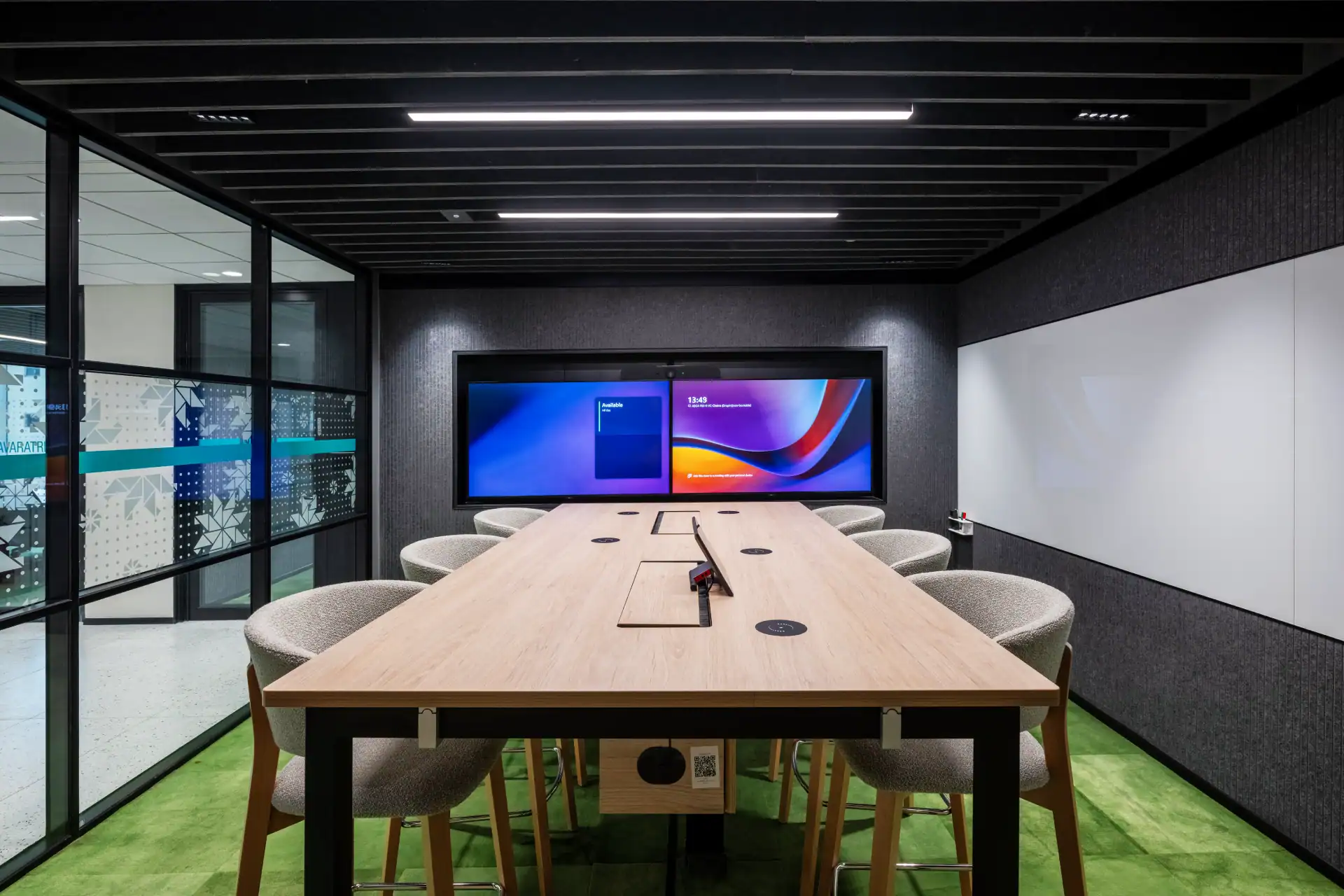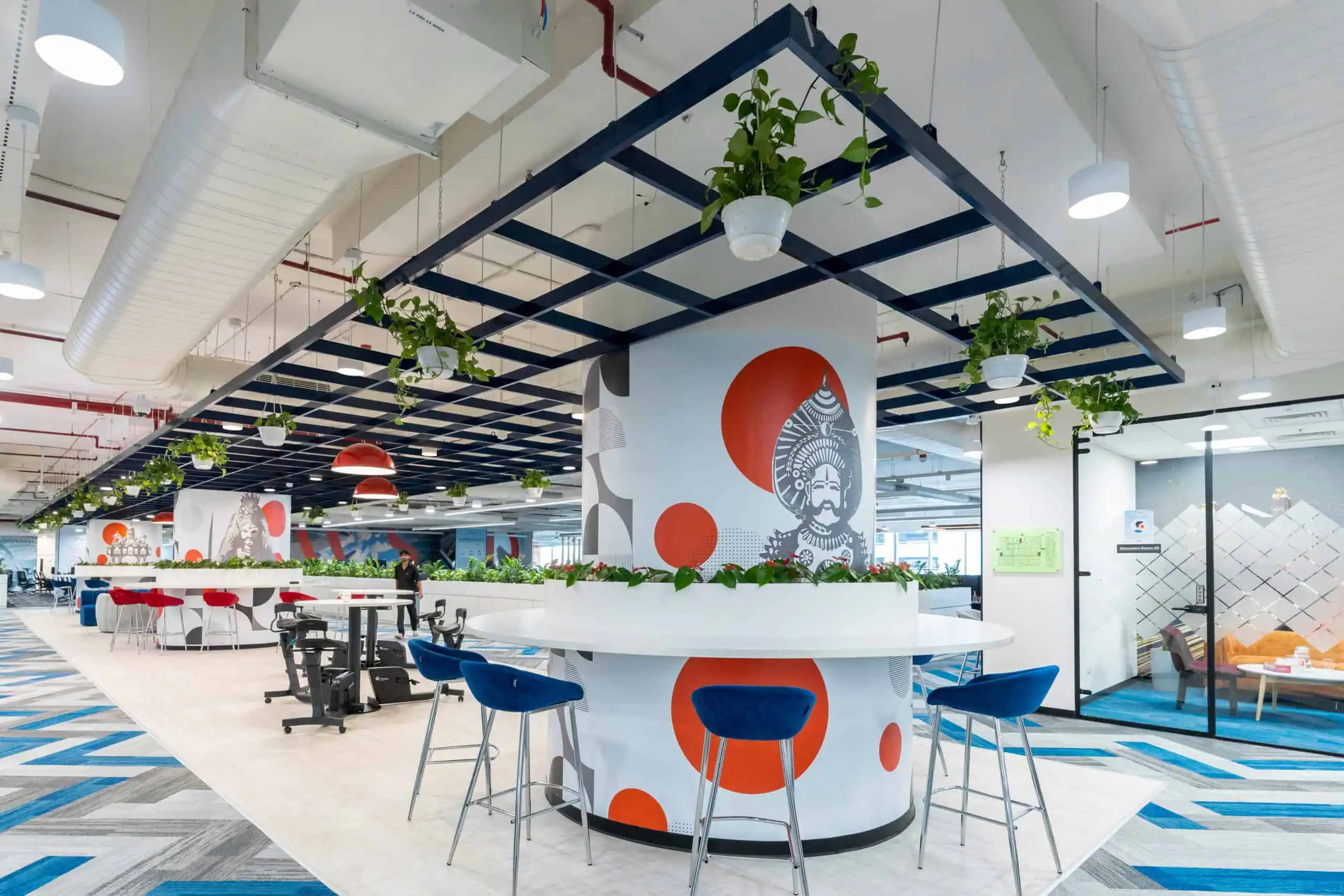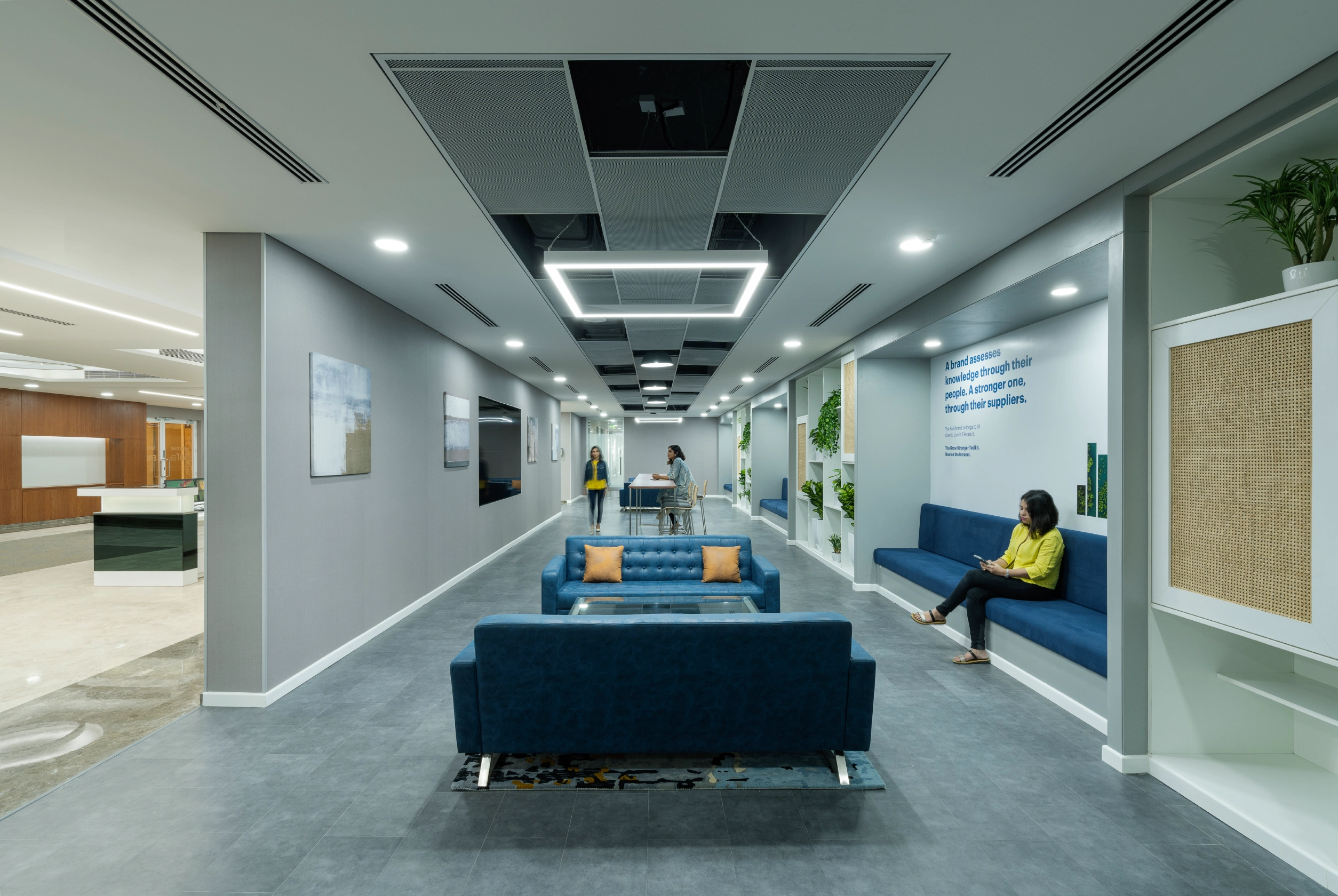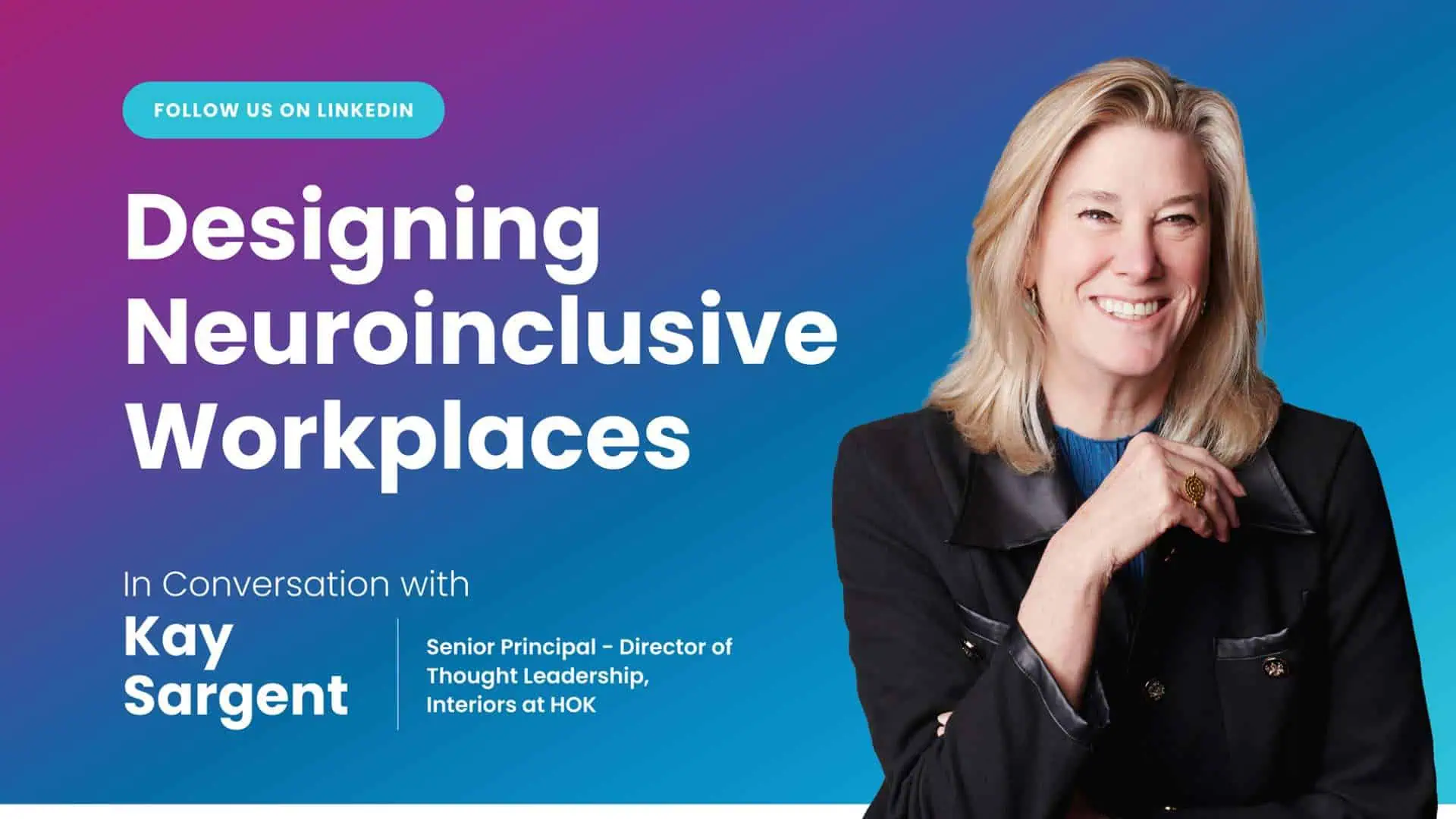“There is nothing certain, but the uncertain.” This saying has gained much more importance in the wake of the Covid19 pandemic. The pandemic has taught people to understand that change is the only constant and to best adapt to the ever-changing world, it is important to keep evolving with time. It has also taught the workforce of today to re-look, re-consider and re-think their skills, their aspirations, and their prospects.
While the workforce is trying to match up the pace with the ever-changing world and be a part of this new process, the onus is now on the leaders to be a catalyst of this process by creating an environment where work and life exist together, aiding an exponential growth in both the important aspects of work- the business and the people.
The New Normal, Business & Workforce

The evolving times need an evolving workplace. The workforce needs a new-age space to deal with new-age problems identified post-pandemic. Leaders cannot expect the workforce to return to the same workspace that they left amidst the pandemic. The workplace must not only cater to the new business needs but also the health, well-being, mental and physical needs of the employees. Thus, leaders need to make this change in their perspectives and work on the reformation of the workspace.
In order to effectively implement this workspace reformation, we need to disrupt our workplace , disrupt it to make the workplace ready to embrace a wave of new possibilities and opportunities. We need to disrupt the age-old policies to unleash the hidden potential and make the workplace resilient forever.
The biggest question, however, is how will businesses understand the hidden potential of their existing workplace? How will businesses restructure the workplace to get back their people safely?
The one-step solution to this is Workplace Strategy.
Workplace Strategy to Embrace “Change”
Workplace Strategy helps businesses to assess the current situation and be prepared for the current needs & project the future requirements based on internal trends & evolution, to align people, processes and culture better. With expert opinion in terms of space planning, feasibility study, change management and other associated aspects, businesses can empower their people to perform effectively and deliver business outcomes that are sustainable and fool-proof for the current and future situations.
To start with a successful workplace disruption plan, leaders must first focus on 3 key strategies to bring in pivotal enhancements in the workplace.
- SUS: Space Utilisation Survey
- Mapping Workplace Personas
- Amenity & BU-restacking
Here are these 3 key strategies and a bonus tip at the end of the blog:
SUS: Space Utilisation Survey
Space Utilisation Study, better known as SUS, helps in setting the premise for a workplace transformation plan by establishing the baseline of existing usage patterns, as well as a probe into the aspirations & responses of the possible future at work. SUS acts like a foundation stone, as it helps deduce the data needed to plan the exact efficiencies and provisions needed to optimize the workplace in the best possible way.
How?
SUS involves studying the existing workplace utilization data, like usage patterns of amenities, workstations, occupancy of space, time-based capacity, as well as the total headcount (current and expected). There is a factor of understanding the most & least efficient workplaces & workstyles & identifying critical pain points, (current and anticipated), of the space itself.
Mapping Workplace Personas
In the wake of DEI& A, along with the pandemic-driven need for neurodiversity, the need to customize your workplace is mighty. This means identifying the brands vision & values, interlacing them with spatial offerings that are essential to establish the workplace personas.
How?
Research, analyze& strategize the user, their traits, their needs, strengths and weaknesses; Add to that the workstyles & a vision of the company to further categorize the workforce as per age, roles, gender and other diverse backgrounds and understanding how to design and include everyone to promote growth towards a shared vision.
Amenity & BU-Stacking
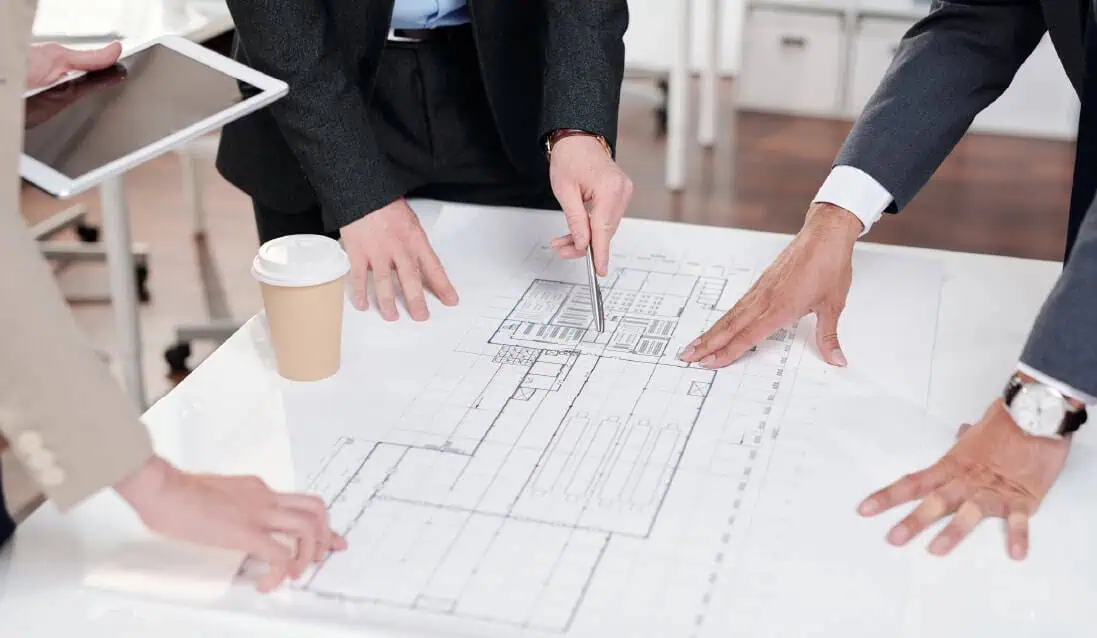
How?
Draw detailed reports on working & adjacencies of individual businesses within the organization & understand how similarly or differently they each work.
Add to that brand definition of requirement based on employee offerings & work style needed for additional amenities. Use this information to tell a story about brand, culture, work life, & user experience to accurately offer space types for employee growth & heightened visibilities + opportunities within the organization.
Re-stacking/Stacking and thoughtful revamping of the office helps in the conversation of individual spaces into collaborative and agile spaces for better working.
Relevance and Workability
SUS, Mapping Workplace Personas, Amenity & Bu-Stacking thus have great relevance in the current times. Therefore, major brands are using these strategies to help them sustain and grow. ROI is important in any business. Imagine if your real estate can give you a very good economic return amidst the pandemic without the need to invest in a new workplace.
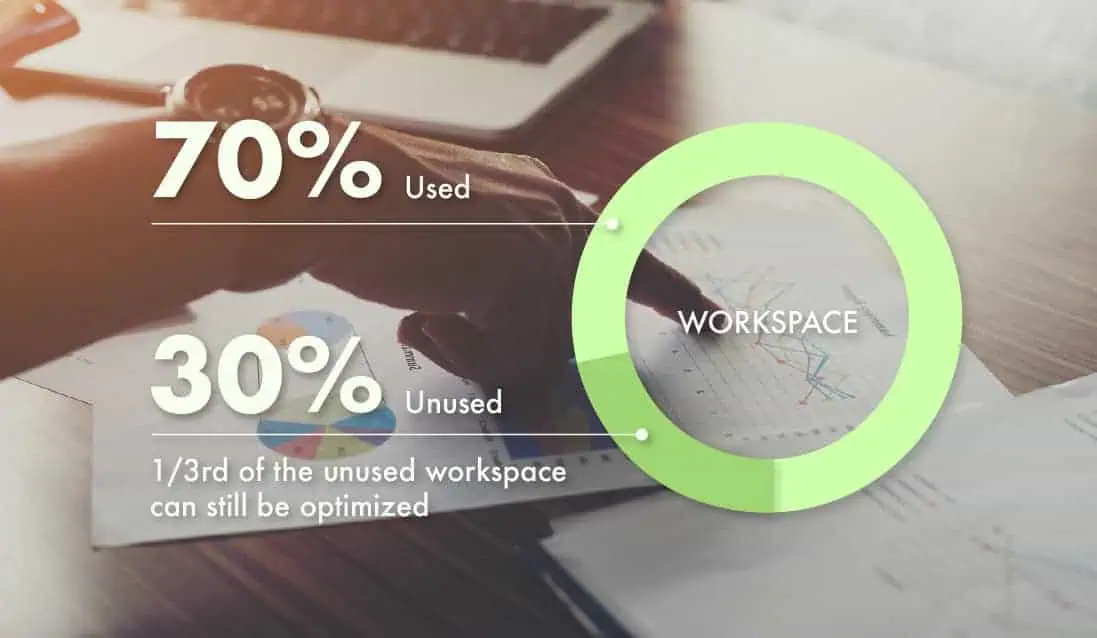
With a 50% workforce working from home, these strategies can help in optimizing space, minimizing wastage of space and occupancies. Moreover, it helps in creating effective cross-collaboration and optimized space utilization, making costs quite economic. Thus, workplace strategy is a one-step solution to stay afloat the changing times, sustain the business, and envisage growth in the future.
On an Overall
We cannot get the workforce back in the same workplace that failed during the pandemic. To launch a new start, leaders must take a step forward to rethink the work and workplaces.
Bonus Tip
Depending on the feasibility of your real estate, spatial needs and the user, plans can be chalked out to either use all of these strategies together, or a combination of these strategies as needed.
For effective workplace strategies, get in touch with the leading workplace experts.

